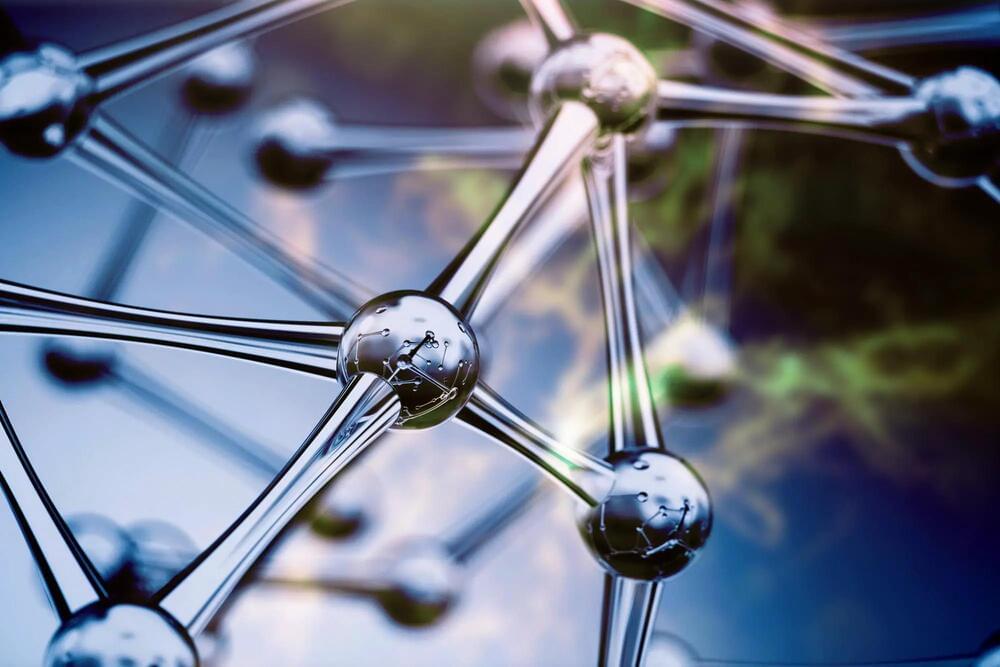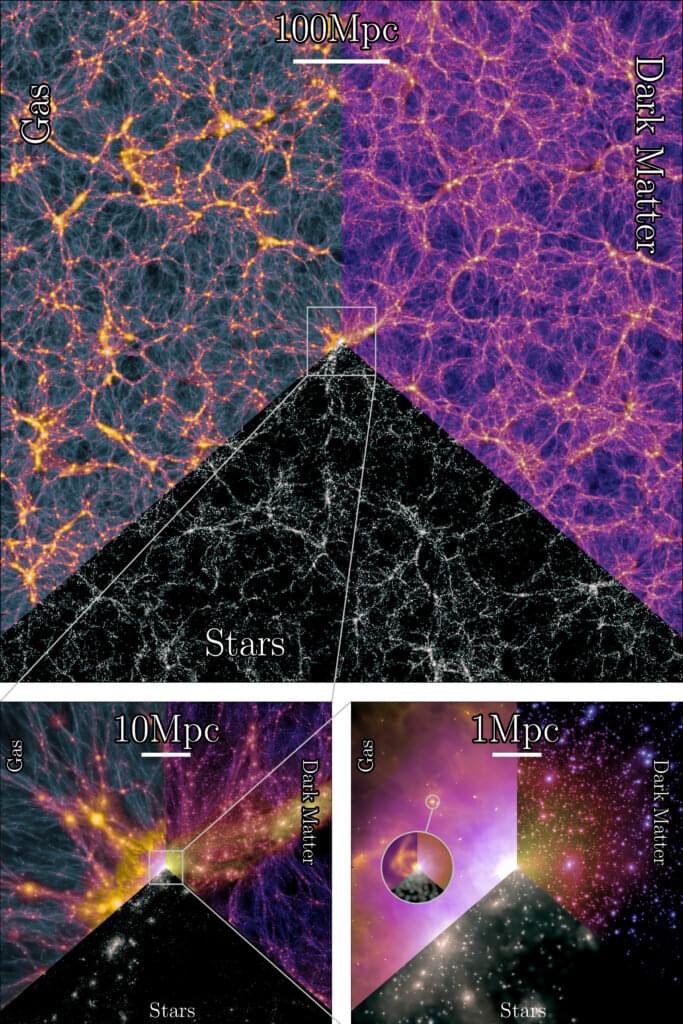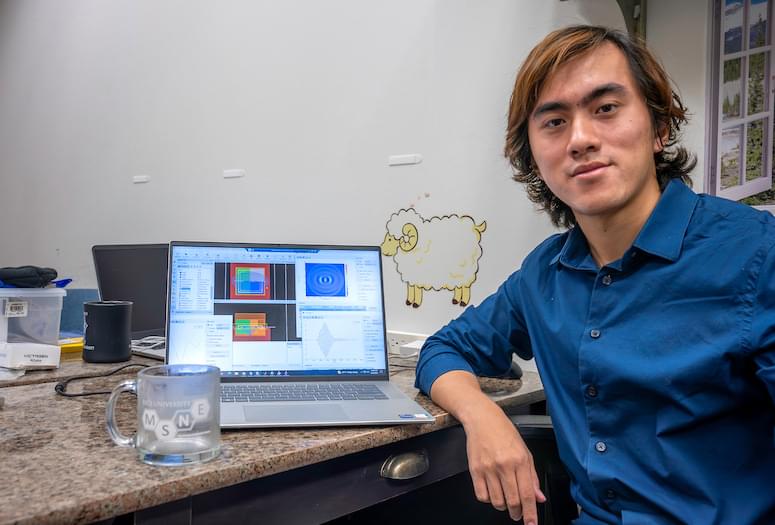Jul 20, 2023
Amazon rolling out new payment tech at all Whole Foods stores
Posted by Genevieve Klien in categories: food, mobile phones
Amazon announced Thursday it is rolling out its pay-by-palm services in Whole Foods Market stores across the country, making it possible for customers to use their palms for purchases without a wallet or phone.
The palm recognition service, called Amazon One, will be available for payment and Prime membership benefits in all Whole Foods Market locations by the end of this year. Instead of traditional payment methods, Amazon One allows customers to hover their palm over an Amazon One device.
Customers who link their Prime membership with their Amazon One profile will also automatically receive savings once their palm is registered, according to the Seattle-based retail giant.


















